Using Data Stitching To Align Sales, Marketing, and Analytics
Updated on 16th Feb, 2023.
Customer data is fragmented. The sheer amount of data a business collects while engaging customers digitally makes avoiding fragmentation unlikely. You have several marketing channels, touchpoints, platforms, and a need to push and pull data to/from multiple sources. The data is also acquired for different purposes. Some are essential customer data while other data points are for analytics and other needs. Apart from the challenges in cohesively aggregating the data, businesses are also struggling with data storage as regulatory concerns loom. This is where data stitching comes to the rescue.
Data stitching is also playing an important role in sales and marketing alignment. If you have carefully planned this, the stitched data is available for your data-driven marketing and sales enablement as a single source of truth. Many product-led growth and personalized marketing use cases are enabled with proper data stitching.
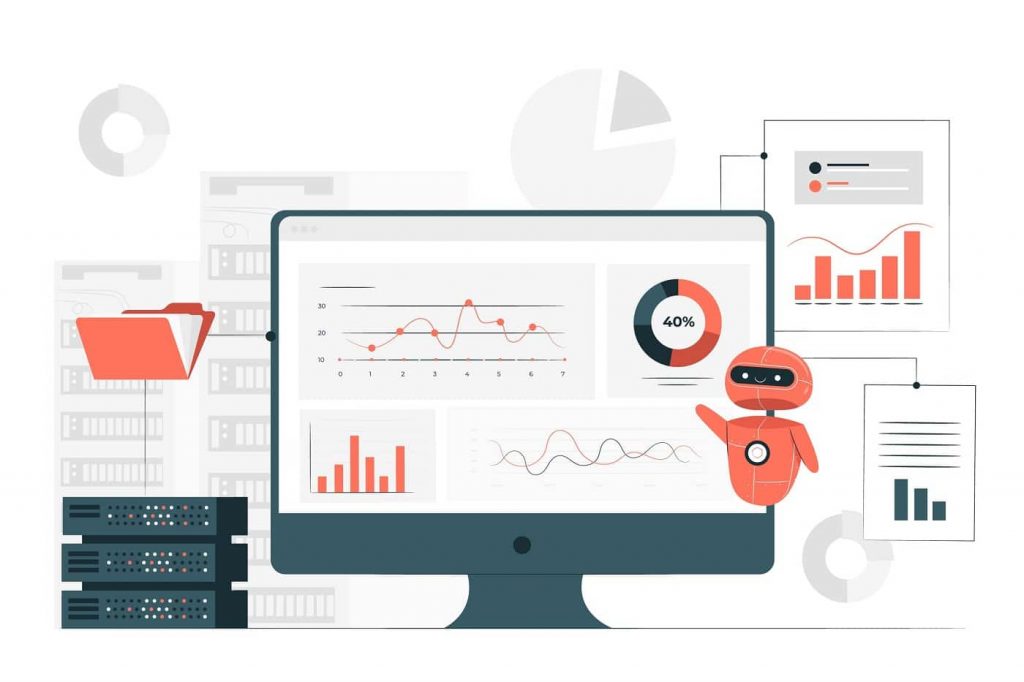
Stages in the Data Stitching Process
Data Mapping
Data mapping is a document or a workflow that matches fields from one database to another or outlines how different databases will integrate into a single dataset. This is the very first step of the data stitching system. The data map not only matches every field but also has systems in place to handle situations where data is missing or redundant.
Data Transformation
This step includes cleaning of data, removing duplicates if necessary, enriching the data, and transforming it into information that can be understood by every application it will be transferred to. The enrichment process consists of adding information like demographic, geographic, firmographic, and other data points.
Data Integration
Data integration is the process of combining your central repository and syncing them to different platforms. Once the integration is achieved data moves from one system to another seamlessly. Once the data integrates, it can be used to facilitate operations like analytics, lead qualification, predictive modeling, and much more.
What is Data Stitching?
Data stitching is the process of acquiring and aggregating data from different sources to fuel marketing, sales, and support. Data is also stitched to understand the customer journey and dig into behavioral traits. Data is stitched based on its usage. Marketing teams, for example, would stitch marketing channels, touchpoints, and conversion data. Revenue operation teams, on the other hand, might need to stitch both marketing and CRM data. In every case, the data is compiled as a single source of truth and used accordingly.
Why is Data Stitching Necessary?
We have already talked about fragmented data briefly in our opening. Let’s have a deeper look and understand why data stitching might be necessary for you.
Troubles with seamless customer journey tracking
Tracking customer journeys is key to understanding your funnel, identifying high-intent leads, and providing an optimal customer experience throughout. With data fragmented across different channels, it is almost impossible to properly track the journeys.
Let’s take an example. A lead visits your website from a Google ad and signs up. He/she then goes cold but is reactivated through an email campaign and later goes on to purchase. How will you know that the email communication drove the conversion without connecting the data from your email campaigns with website activities? The first step to customer journey tracking is proper data stitching.
Fragmented data across platforms
You engage with your customers through different tools, channels, and mediums. Social media, emails, live chat, web forms, meeting schedulers, etc. Each platform and tool in your arsenal has its data and tracking. Without combining the data, the buyer journey would be unclear and you can conclude nothing from it. Also, your sales reps would be at a disadvantage. Data stitching combines your data from several platforms to give them meaning.
Troubles with attribution
We have only covered half of the story when we discussed customer journey tracking. Without data stitching, proper attribution is hard if not impossible. Attribution is key to marketing analytics as it tells you where your customers come from and how each marketing touchpoint directly impacts your bottom line. Like we were discussing in the previous example, engagement happens across different touchpoints. How would you identify which was the first touchpoint? Has the lead visited through Google Ads first or there were other touchpoints? Which key touchpoints did they go through? What was the last touchpoint? Data stitching helps you do attribution accurately and lets you connect your marketing to revenue.
Issues with GDPR and lawful data storage
For any business operating online, data is its biggest asset. And, more importantly, the data needs to be stored safely and securely while keeping customer privacy in mind. Many companies struggle with data storage and are now facing challenges because of stringent privacy laws. How do you ensure proper consent for storage? If your data is fragmented across platforms, how do you become compliant while aggregating the data? While data stitching itself doesn’t solve this problem, data stitching platforms like Salespanel help you store your data safely and securely while adhering to data regulations.
Sales and marketing misalignment
Sales and Marketing constantly need a proper flow of data between each department. Without stitching bringing all the data together, both departments fail to leverage data and intelligence to their fullest potential. Let’s think of an example. A lead has gone cold while being in the sales pipeline and needs a marketing push. Without proper data stitching, marketing would never know this and can’t take the necessary action to engage the lead. Similarly, sales reps need marketing data to qualify leads. Sales and Marketing alignment benefits from a single source of truth which is created through data stitching.
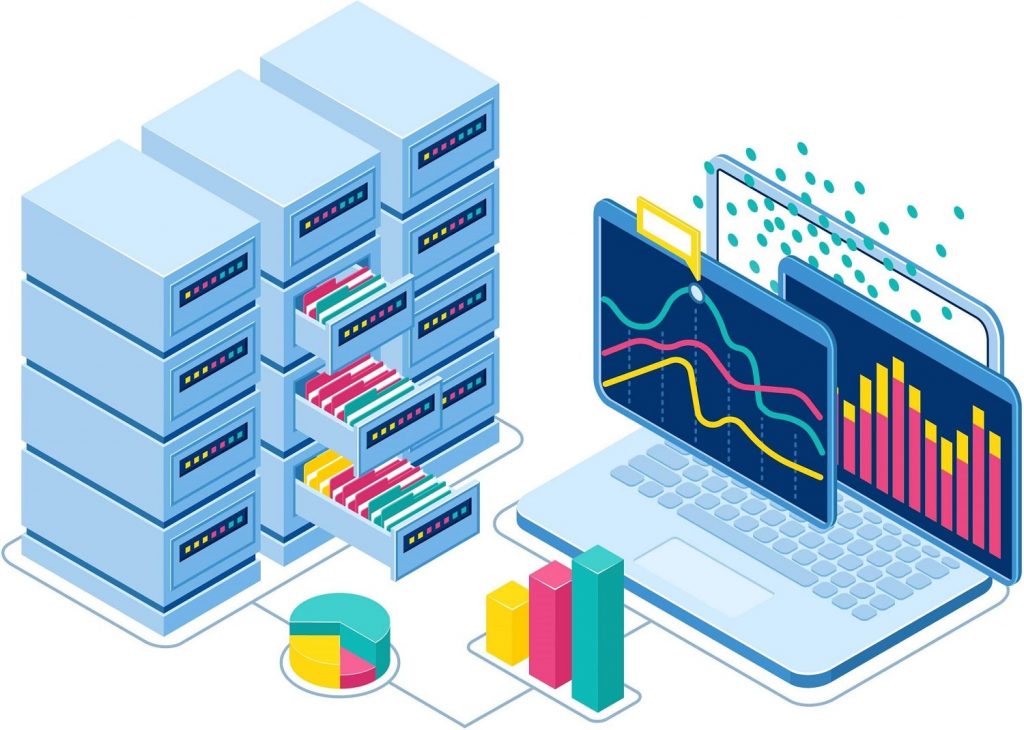
Data sources for Data Stitching
You are only as good as your data. And, your data comes from several sources. The most crucial aspect of data stitching is to collect and aggregate data from these sources. For the most part, marketing is responsible for collecting the data but data may also be fetched from sales through the CRM. Here are the most common data sources:
Website
There are many layers to a website and having sub-sources is inevitable. But, it is important to start with your website as the broader source. Your website is where all the magic and the data collection happens. This first-party data is totally under your control. And, the responsibility of data collection and consent acquisition remains on you. For the most part, you will collect data about leads and their behavior (activity) from your website. Behavioral data would include page views, visit duration, content views, etc. Your website visitor data is crucial for both analytics and the analysis of buyer intent. For example, if a lead has checked out the pricing details of your premium plans and has visited landing pages related to a particular use case, you will easily know what they are looking for. A website visitor tracking software can help you get a grip on all the information you need. The data is useful for conversion tracking and attribution, intent analysis and lead qualification, marketing analytics, and much more. How potential customers engage with your website is key to converting them into customers.
Your website is an important source for first-party data collection if Inbound Sales is crucial to your go-to-market strategy. Products like Salespanel make it really easy to stitch this data into your sales and marketing processes. First-party data stitched from the website is essential for lead qualification. We recently discussed this topic in detail with Ryker Morgan from Human Interest on the Salespanel Podcast. Have a look, if you are interested to learn more about it.
Application/Product
If you are an application company (whether it’s a SaaS product or a mobile application), or have an application used by your customers, it becomes important for you to stitch data from your applications to the rest of the user data. SaaS businesses host their applications inside the root domain. In this case, a tool like Salespanel can track both website and application data simultaneously. How users engage with your product helps you not only in product analytics but also in product qualifying leads. Most product companies follow a Product-led Growth model by nature and as such have an acquisition strategy that generates a lot of free users. In this case, key product signals and events need to be identified and tracked to find users who are more likely to purchase. To take a simple example, a user who is highly active on the product is more likely to upgrade than someone who has barely used the product. A data stitching tool would aggregate product data and combine it with the rest of your customer data.
Forms
Forms are important for you to acquire leads or customers. When prospects fill out a form, they give you their information. So, connecting this information to the rest of the customer data is crucial. Otherwise, your data only works for analytical purposes. While this might be fine for B2C, most B2B businesses have lower volume and higher ticket sizes and hence need to connect analytical data to individual leads and accounts. You have a visitor who has signed up for an account and has checked out your case studies and viewed the entire demo video. Even if you track all of these interactions successfully, without knowing who the prospect is, this information can only be used for statistical analysis. Connecting the data to the account helps take targeted sales and marketing actions. Your forms can also be used to ask important questions or collect specific points from your customers which can be stitched with the other available data points.
API
APIs (Application Programming Interface) are crucial for data stitching as these, with the help of your engineering team, can be used to push or pull data to/from various data sources within your workspace. APIs can be used to track specific events, load data from your warehouse, applications, and other sources, and connect it to your stitching workflow. APIs make interacting with data sources incredibly efficient and can connect your data through sources where GUI integrations are not feasible.
Important APIs include frontend Javascript-based SDKs, REST APIs, and webhook-based data exchange. IFTTT tools like Zapier deserve a mention here because they can connect major sales and marketing data to different data destinations but when you are working with large volumes of data the approach is not scalable and you always end up working with hosted/managed API endpoints.
UTM
UTM gets an honorary mention in this list because it helps you track and attribute sources that are otherwise out of your control. UTM parameters are a great way to override the assumptions of your marketing tools. You can define your first-party meta attributes about touchpoints while simply constructing a target URL. These parameters can then be used to track third-party marketing touchpoints and visit sources of your leads and customers.
A simple UTM parameter gets suffixed to your website URLs which is identified by your data aggregator and stitched with the rest of your data. Tracking templates like those found on ad platforms like Google Ads can help you get very specific data points like Campaign ID, Ad ID, and Search Keyword. Tracking parameters are also helpful in tracking newsletters and other third-party listings.
CRM
Your CRM, depending on how you operate, hosts a plethora of data. At the very least, it has your pipeline data. This data is stitched with other datasets for closed-loop analytics and sales and marketing alignment. For analytics, CRM data when stitched with marketing data helps you accurately measure conversions, ROI projections, and customer LTV. For alignment, it helps marketing fine-tune operations with respect to where leads are in the pipeline. Targeted emails and retargeting ads can be used accordingly. Deals at the final stages can be sent discount coupons to help them make up their mind, for example.
Helpdesk/Support Chat/Messaging Platform
With proper tools and integrations in place, a customer’s interactions with your helpdesk and support chat can also be tracked. How does this help? In many ways. If you have live chat on your website, many of your leads would make the first engagement with you by messaging you. This engagement can be tracked and the lead can also be first identified from this platform. Support tickets and other support engagements can also be tracked and stitched with other customer data points. A good use case for stitching this data source would be to help sales reps to be aware of any existing support tickets of deals they are pursuing.
Warehouse
A data warehouse is a specialized data store expert and helps you with storing and querying large amounts of data. They help you consolidate data from multiple sources. Ad networks and CRMs help you to stream data to warehouses as a data destination.
The data is mostly structured and provides access to historical data for analysis purposes. Provisioning of data warehouses is very easy from different available vendors. The only challenge while stitching data to warehouses is planning input structure and the ultimate objective of what this data will contribute to actual business use cases. Planning, aggregating data from other sources, and sending it to your warehouse is only one part of the puzzle. Marketing Operations is a specialized role in modern marketing teams to design data integrations, pipelining, alignment, and extracting the same for business intelligence and pipeline acceleration.
Top Data Stitching Tools
Data Stitching With Salespanel
Before we conclude this article, we would like to take a moment and introduce you to Salespanel, a tool to stitch your sales, marketing, and analytics data. Salespanel is a customer journey tracking product for B2B businesses and it automatically aggregates your first-party data while tracking your website and application without having the need of setting up a deliberate data pipeline or struggling with data structures for stitching. Salespanel stitches all this data in an out-of-the-box warehouse for you and makes it extremely important for ad-hoc reporting. The magic of data retrieval is such that you can find purchase-ready leads in real time and sync these segments to your sales and marketing processes.
Salespanel tracks all of your customer’s website and app activities and creates a unified customer record for each. The customer is automatically identified when they fill out a form, book a meeting, engage with your newsletters, or message you on support chat. Third-party source data is captured through UTM parameters and tracking templates. The stitching system is completely automatic and collects data from both before and after the sign-up. The data can also be connected to your warehouse or pushed to your CRM to provide crucial sales intelligence to your reps. Check out Salespanel to learn more.
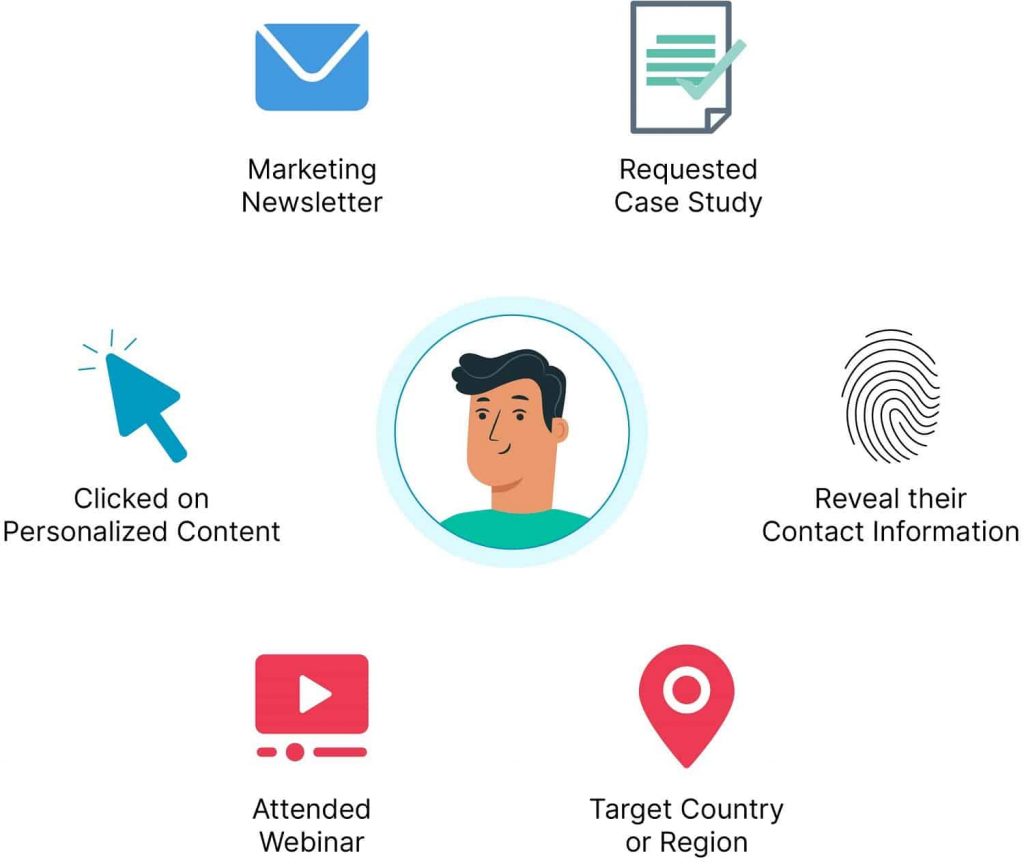
Other Recommendations
Stitch by Talend
Stitch is a cloud-based ETL (extract, transform, load) tool that provides a simple and scalable way to integrate data from various sources. It connects data from 130+ sources to your warehouse without any coding. Stitch works with all commonly used platforms like Salesforce, Zendesk, and Facebook.
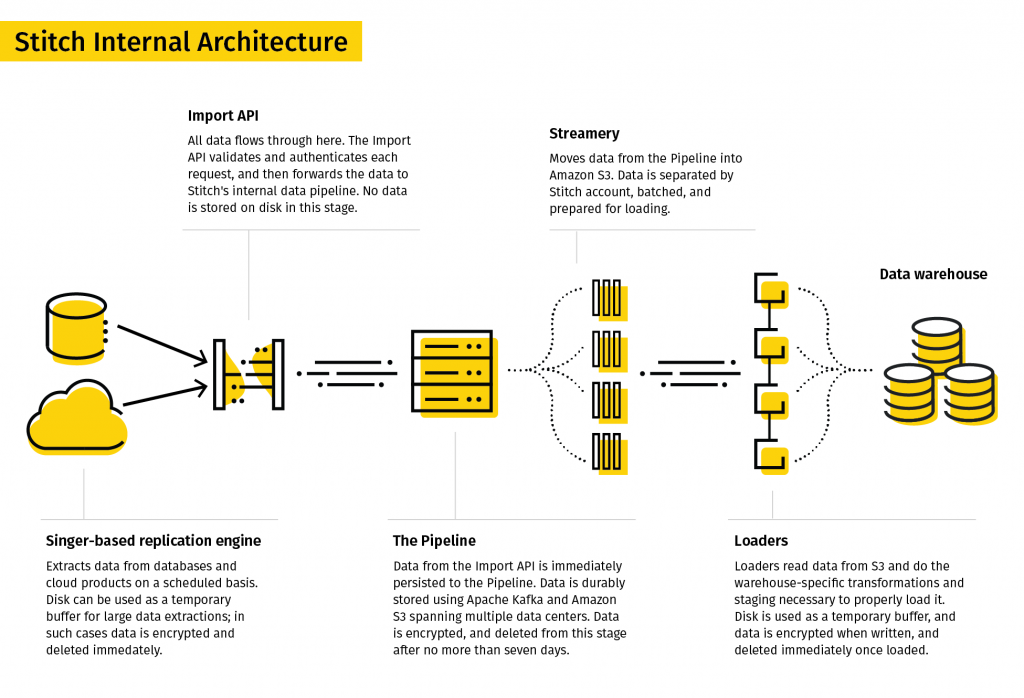
Image Source: Stitch
Coupler
Coupler is a data platform that imports data from your preferred sources into a spreadsheet or a data warehouse. It fetches data from all commonly used platforms like Facebook Ads, Google Analytics, etc., and syncs them to Google Sheets or Big Query for data analysis. The product stitches data into a single file for easy access and viewing.
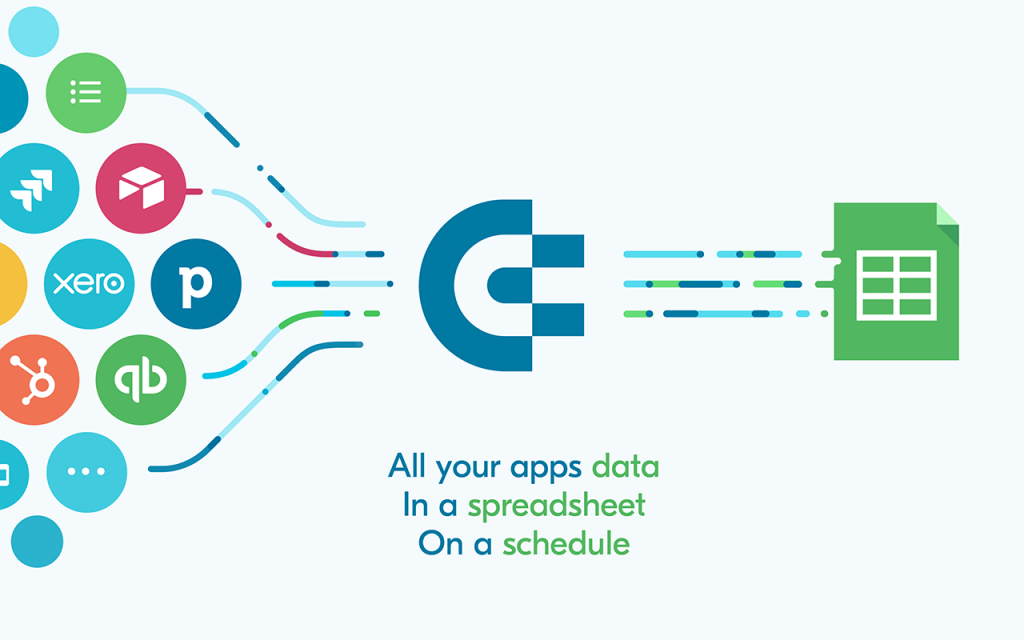
Image Source: Coupler
Closing Thoughts
Data stitching is key to converting data fragments into meaningful information that you can use to acquire customers efficiently. Creating a data stitching system with your tech stack would help all of your data sources communicate with each other and create seamless records. Data is the new fuel and clean fuel makes your engine work better! 😀
Sell more, understand your customers’ journey for free!
Sales and Marketing teams spend millions of dollars to bring visitors to your website. But do you track your customer’s journey? Do you know who buys and why?
Around 8% of your website traffic will sign up on your lead forms. What happens to the other 92% of your traffic? Can you identify your visiting accounts? Can you engage and retarget your qualified visitors even if they are not identified?


